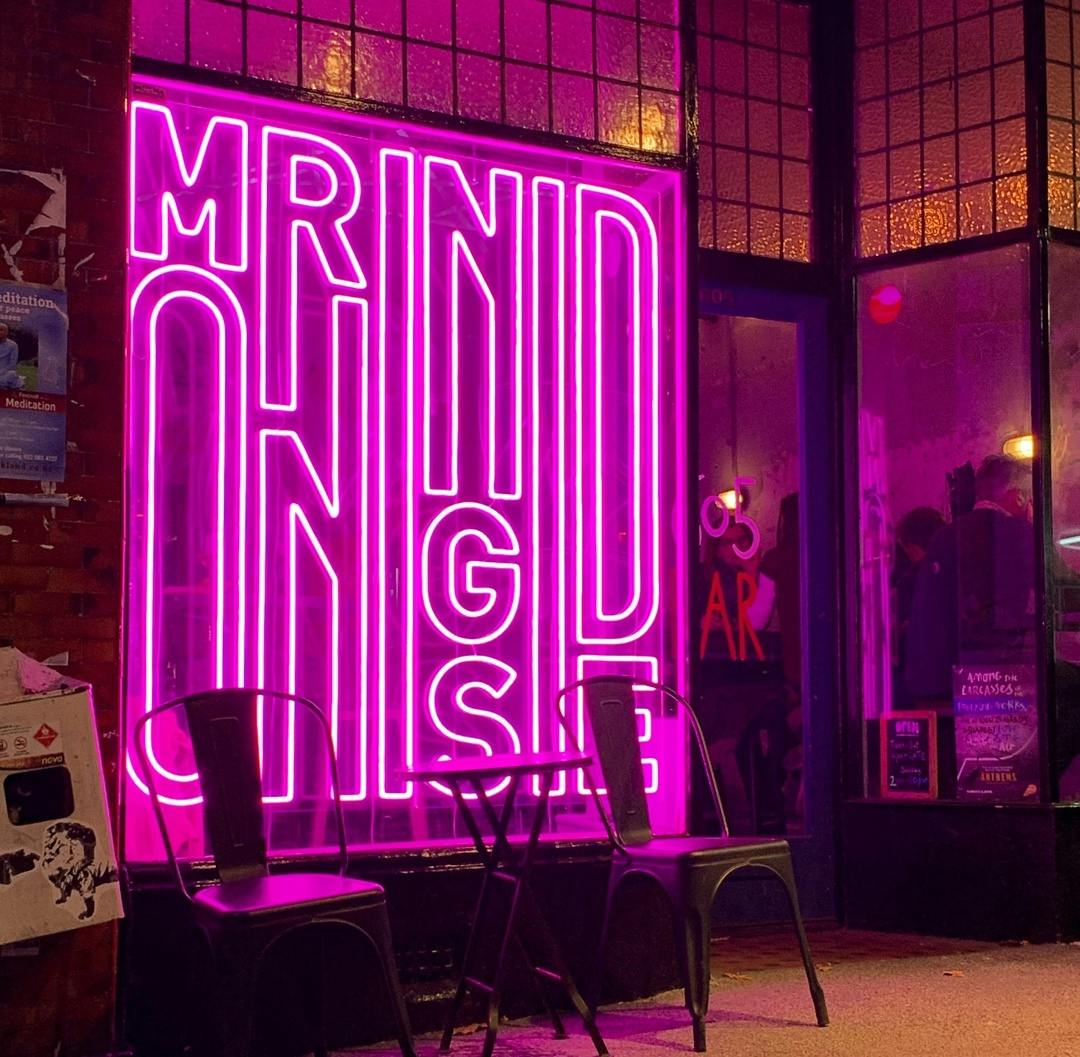Are Neon Signs LED?
Whilst the majority of our signs are LED, we do offer traditional glass neon!
Why LED?
Imagine a product that looks nearly identical to traditional neon but is more affordable, durable, eco-friendly, and safe for home use. That’s exactly what you get with LED Neon, specifically our Rad Super Mini LED Neon.
The key difference is that LED Neon is more eco-friendly, using no mercury and significantly less electricity compared to traditional neon, which operates between 3KV – 18KV (kilovolts). However, both have their unique appeal depending on the application.
LED Neon signs are not only cheaper to purchase but also more cost-effective to run. While we wouldn't recommend traditional neon in a child’s room, our LED Neon signs are perfectly safe, even dimmable for use as a nightlight!

LED Neon provides an effect often mistaken for traditional neon - but we can’t blame them!

Here’s Tom learning the craft and constructing a traditional neon sign, which can be found in our Melrose Avenue store.
Do We Offer Glass Neon Signs?
Yes, in the USA, we do offer traditional glass neon signs for those looking for the authentic experience.
Why Does LED and Neon Often Get Confused?
The confusion between LED Neon and traditional neon is part of the magic. If you asked someone to identify the sign in the image above, they’d likely say, "That’s a neon sign."
The resemblance is so close, especially from a distance, that either option would be the perfect solution for lighting up your space. At Radikal Neon, we’ve worked with both traditional and LED neon signs, so we know the distinction - but there are times that even we get stumped!
As LED technology advances, we can only expect the difference to become even harder to spot.

One of our traditional glass neon signs. Hard to tell - right?